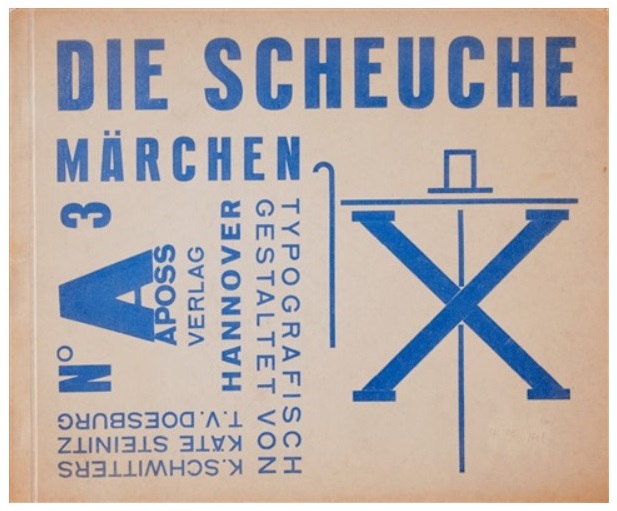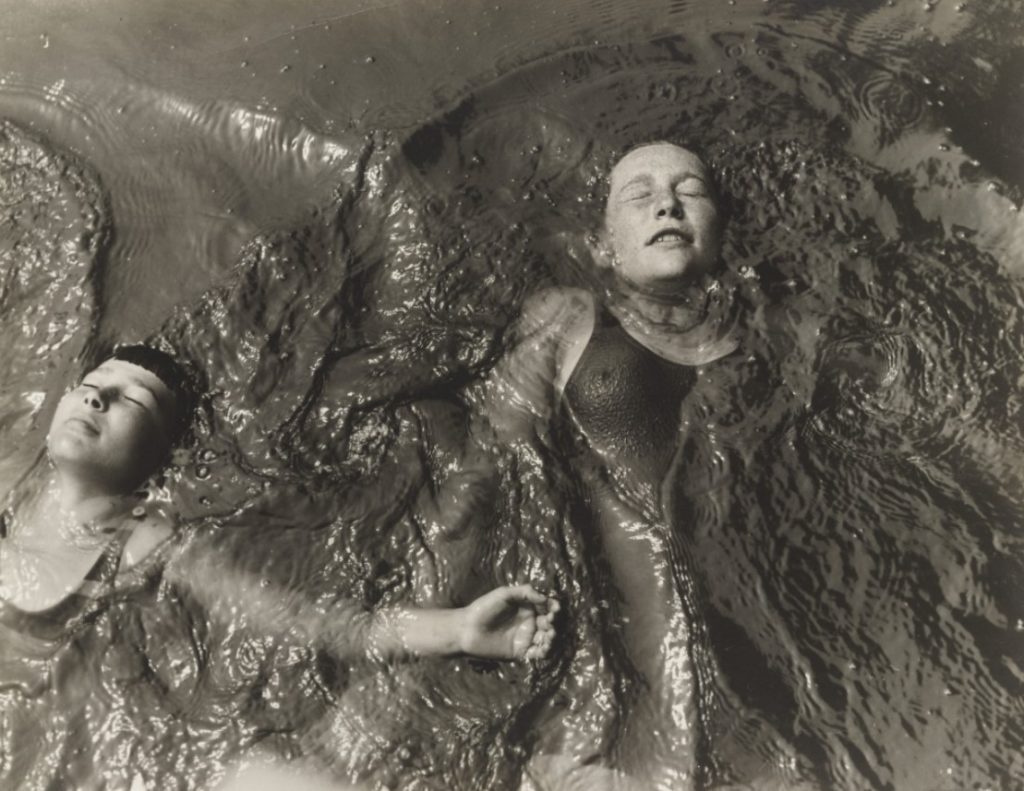by Wietse Coppes

Scholars of The Mondrian Papers are currently working on a scientific overview of all portrait- and studio photos of Mondrian. This does not involve photographs taken by Mondrian (there are only two known examples of photos he produced himself, both taken in 1903, with a camera belonging to a friend), but rather photos of the artist and/or his studio. The research yields new insights into the way in which Mondrian used photography to present himself. It offers additional information as well, for example, about the circumstances leading up to photo sessions or the photographers. The latter is the case with a photo from the summer of 1942, which was discovered a few years ago in Mondrian’s estate. [fig.1]
A discovery
In the photograph, we see the artist’s palette, with four brushes and two pallet knives. Nothing was known about this picture, except that it was part of Mondrian’s personal estate. During the research into the bequeathed studio photos from New York, the picture could be linked to a number of other shots, in which the palette is visible as well. The authorship of the photographs long remained uncertain – until in 2016 the American Mondrian expert Dr Nancy Troy discovered a page from an album containing several photos taken by Kate Steinitz, in Washington’s National Gallery of Art. The page, which is part of the Schwitters-Steinitz Collection of the NGA library, contains a number of shots of Mondrian at work and a photograph of his palette. The latter picture does differ from the print in Mondrian’s estate, but as the tools and the paint have been arranged in a similar fashion, both pictures must have been taken during the same shoot.
Letters about the ‘palette’
Thanks to a surviving letter of Mondrian to Steinitz we know that he received the photo prints around December 1942. On 19 December he wrote to her: ‘I thank you for the pictures. When enlarged the “palette” will be not so bad I think.” Earlier that year he had already written to her about the palette: ’I have no palette but a white stone.’ Upon closer inspection, the shiny surface of the palette is clearly visible and although impossible to ascertain, it would appear to be a marble slab. It is not known why Mondrian preferred a palette made of stone rather than the more traditional wood, like the one he used at the start of his career. The photo Mondrian kept a print of is taken from a different angle than the picture in the album in the Schwitters-Steinitz Collection: straight across from the studio window to be precise. From that position, the refelection of the daylight in the palette – which so beautifully highlights the properties of the material – could best be captured by Steinitz. Lighting and composition make the photo a veritable still life of Mondrian’s painting tools.

Kate Steinitz: artist and photographer
To be able to date the photo taken by Steinitz, it is necessary to briefly go into her life. Kate Steinitz was born in 1889 as Käthe Traumann in the Prussian city of Beuthen (currently situated in Poland). She grew up in Berlin, where she took lessons at the Malschule für Frauen, that was led by Lovis Corinth. In Paris she studied for some time at the Académie de la Grande Chaumière, before marrying physician Dr. Ernst Steinitz in 1912. In 1918 the Steinitz family, which meanwhile had been extended by the birth of two of their three daughters, moved to Hannover. There Steinitz came into contact with the Dadaist artist Kurt Schwitters, with whom she collaborated extensively. Through Schwitters, she also came into contact with Theo van Doesburg. In 1925, the three of them published Die Scheuche: Märchen, known for its innovative typography. (fig. 2) Steinitz played a significant part in the Dadaist movement, which has earned her the epithet ‘mother of Dada’. Through her activities, she became friends with many colleagues and she may already have come into contact with Mondrian in Europe – possibly through Schwitters. In 1936, the Jewish Steinitz family fled the terror of the Nazi regime in Europe and moved to the United States. They settled in New York, where they encountered many old acquaintances who had met a similar fate. Ernst Steinitz died on 1 February 1942. In August of that year, Kate decided to move to San Francisco, where her daughter Ilse lived. Ever since the beginning of her career as an artist, Kate Steinitz had experimented with photography. This resulted among other things in the well-known photograph Rückschwimmer from 1930. (fig.3) Less well known are the pictures she took in The United States at a later age, such as those of Mondrian at work.

Dating the photo
Three pictures taken by Steinitz during the same shoot, show Mondrian working on a painting. In one of them, the front of a work can be discerned. A sizeable composition of overlapping lines and (colour) areas can be seen. This is an early version of the painting Victory Boogie Woogie. Mondrian had started work on this in the spring of 1942 and when he died in February 1944, it was to remain on its easel in his studio in an unfinished state. The photo clearly shows that the lines at that moment had not been broken up into coloured sections. We know that Mondrian started this process around October 1942, prompted by his dissatisfaction with the unintentional depth that inevitably results from overlapping, coloured lines. By breaking up the lines – especially where they cross – into small sections, the three-dimensional effect was undone. It was the final big change that Mondrian managed to bring about in Neoplasticism. Steinitz’s photo series must predate that moment. Since she had already moved to San Francisco in August of 1942, it is more than likely that the photos were taken before her departure. For this reason, we date the photo session by Steinitz between June and late August 1942.
The photos Steinitz took of Mondrian and his studio will be included in Meeting Mondrian. The Complete Photographs. This book will be published by Tijdsbeeld publishers later this year.